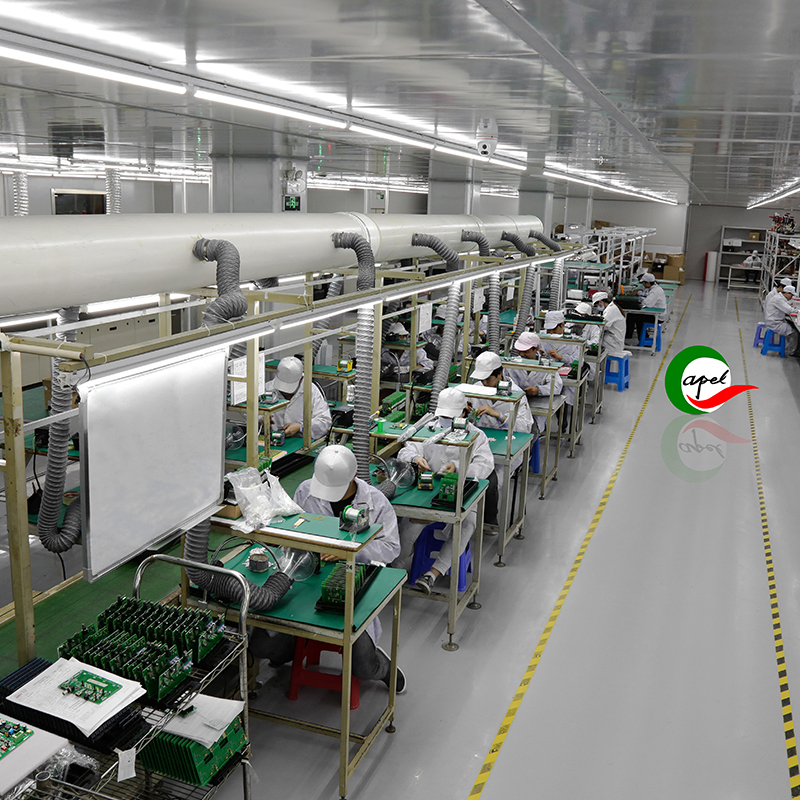Date: 2025-07-02
In this blog, we will discuss common soldering techniques used in rigid-flex PCB assembly and how they improve the overall reliability and functionality of these electronic devices.
Soldering technology plays a vital role in the assembly process of rigid-flex PCB. These unique boards are designed to provide a combination of rigidity and flexibility, making them ideal for a variety of applications where space is limited or complex interconnects are required.
Surface mount technology (SMT) is one of the most widely used soldering technologies in rigid-flex PCB assembly. The technique involves placing surface mount components on a board and using solder paste to hold them in place. Solder paste contains small solder particles suspended in flux that aid in the soldering process.
SMT enables high component density, allowing a large number of components to be mounted on both sides of a PCB. The technology also provides improved thermal and electrical performance due to shorter conductive paths created between components. However, it requires precise control of the welding process to prevent solder bridges or insufficient solder joints.
While surface mount components are typically used on rigid-flex PCBs, through-hole components are also required in some cases. Through-hole technology (THT) involves inserting component leads into a hole on the PCB and soldering them to the other side.
THT provides mechanical strength to the PCB and increases its resistance to mechanical stress and vibration. It allows for the safe installation of larger, heavier components that may not be suitable for SMT. However, THT results in longer conductive paths and may limit PCB flexibility. Therefore, it is crucial to strike a balance between SMT and THT components in rigid-flex PCB designs.
Hot air leveling (HAL) is a soldering technique used to apply an even layer of solder to exposed copper traces on rigid-flex PCBs. The technique involves passing the PCB through a bath of molten solder and then exposing it to hot air, which helps remove excess solder and creates a flat surface.
HAL is often used to ensure proper solderability of exposed copper traces and to provide a protective coating against oxidation. It provides good overall solder coverage and improves solder joint reliability. However, HAL may not be suitable for all rigid-flex PCB designs, especially those with precision or complex circuitry.
Selective soldering is a technique used to selectively solder specific components to rigid-flex PCBs. This technique involves using a wave soldering or soldering iron to precisely apply solder to specific areas or components on a PCB.
Selective soldering is particularly useful when there are heat-sensitive components, connectors, or high-density areas that cannot withstand the high temperatures of reflow soldering. It allows better control of the welding process and reduces the risk of damaging sensitive components. However, selective soldering requires additional setup and programming compared to other techniques.
To sum up, the commonly used welding technologies for rigid-flex board assembly include surface mount technology (SMT), through-hole technology (THT), hot air leveling (HAL) and selective welding. Each technology has its advantages and considerations, and the choice depends on the specific requirements of the PCB design. By understanding these technologies and their implications, manufacturers can ensure the reliability and functionality of rigid-flex PCBs in a variety of applications.

Kaboer manufacturing PCBs since 2009. Professional technology and high-precision Printed Circuit Boards involved in Medical, IOT, UAV, Aviation, Automotive, Aerospace, Industrial Control, Artificial Intelligence, Consumer Electronics etc..